How we put the ‘eco’ into Fireco with our solar panels
As a business, Fireco is always looking for ways to reduce its impact on the environment. Now that we’ve achieved ISO 14001 accreditation, a framework for establishing an efficient environmental management system has been established. Coupled with soaring energy costs, it made sense to have solar panels installed on the roof of our building.
Chris Mitchell, Fireco’s Field Application Engineer, takes us through the project and outlines its benefits.
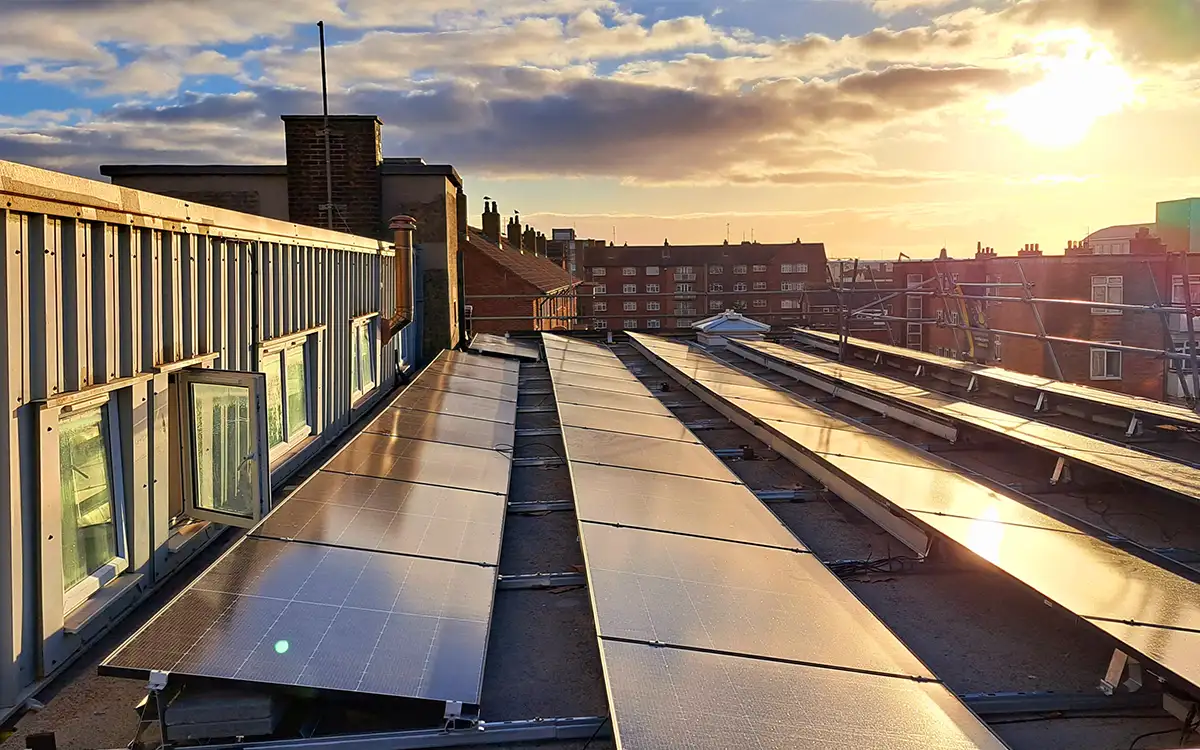
Once we’d decided to go ahead and have solar panels installed, there was a lot of preparation to do in advance, including going through the tendering process. We eventually decided to choose a local firm, AJ Taylor Electrical Contractors. Also, we worked with a really useful company called Brighton Energy Cooperative, who have given us all sorts of useful advice on what system to go for and what to look out for during the installation process. They’ve also helped us with our grant application, as 40% of costs are covered by the European Union through a grant from the European Regional Development Fund.
The system we’ve had installed is a 32 kilowatt solar system, consisting of 77 panels, measuring 20 metres across, which our flat roof is perfect for. We’re south-facing, which makes it an ideal location for the high number of panels. Before we could do any of this, we had to get a structural roof survey done for wind and load because the panels themselves are not actually fixed down into the roof. Instead, they’re fixed onto a clever mounting system called a Van der Valk. But the mounting needed some kind of ballast, some kind of weight, to hold the panels down so they wouldn’t blow away. In our case, these are big concrete slabs. The advantage of this is that you don’t have to penetrate into the flat roof, which avoids any kind of future leakages or anything like that. Once the system was in place, the panels were hoisted onto the roof via a Scissor Jack.
On the first floor, inside the building, AJ Taylor fitted our inverter, which is called a Solar Edge. It’s a 32-kilowatt inverter, fitted to the external wall, and it feeds into the network, into the grid, and the mains board just next to it, with the DC streams from the solar panels coming down from the roof. It’s a good inverter and it does a lot of fancy things like connecting to the Cloud and telling us how much energy we’re producing.
With the inverter comes the Solar Edge app, which tells us exactly how much power we’re generating. At the top of the interface, it shows us how much electricity we’re currently creating. A few days after installation, we were already generating 24 kilowatts, which is not a bad amount. We were using only 14, so that’s 10 kilowatts we can sell back to the grid. Before we can do that, there are quite a few hoops to jump through. It’s a bit of a process, but it’ll be worth it. It’s very satisfying to see that we’re generating a lot more electricity than we’re actually using.
Once the solar panels were all fitted, it was quite exciting to go up on the roof and see the sun bouncing off them, knowing that they’re all connected to our inverter and generating electricity!
The app also provides some extra stats, such as breaking down our consumption and generation into monthly figures. It also shows us how many kilograms of CO2 emissions we produce. Fireco links this information to our intranet system, so all our employees can pop in and see the details, including what we’ve had to purchase from the grid.
Outside, we’ve now got a couple of car chargers fitted too. These are called Zappi chargers, and they’re really efficient. We’ve set them up so they work purely on solar energy, which means we’re not pulling anything from the grid.
We’re really pleased with the panels; it’s been a fascinating project to work on, and I’ve learned a lot. I must say that AJ Taylor Electrical Contractors have been amazing and Brighton Energy Cooperative were a big help, so we must give them a mention.
Watch Mitch’s solar video diaries to see how the project developed!
Part two: https://youtu.be/swCKTv1R7Ek
Part three: https://youtu.be/N2y6ow6wQeg

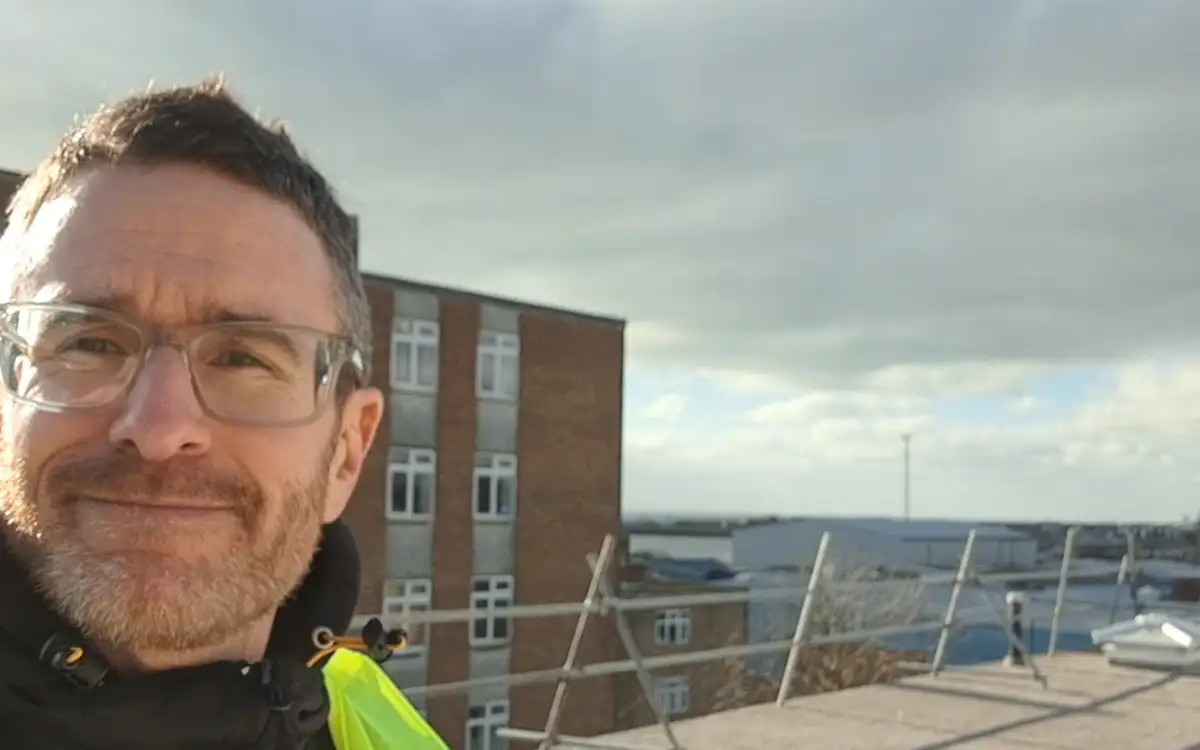
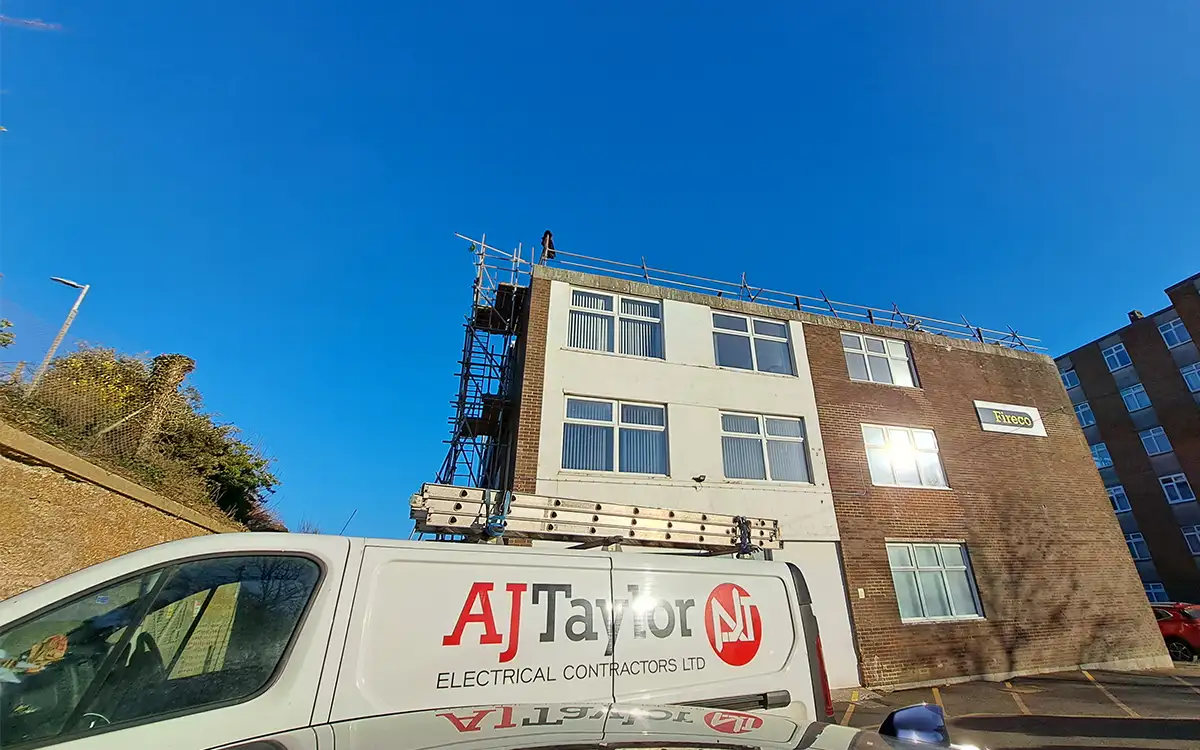
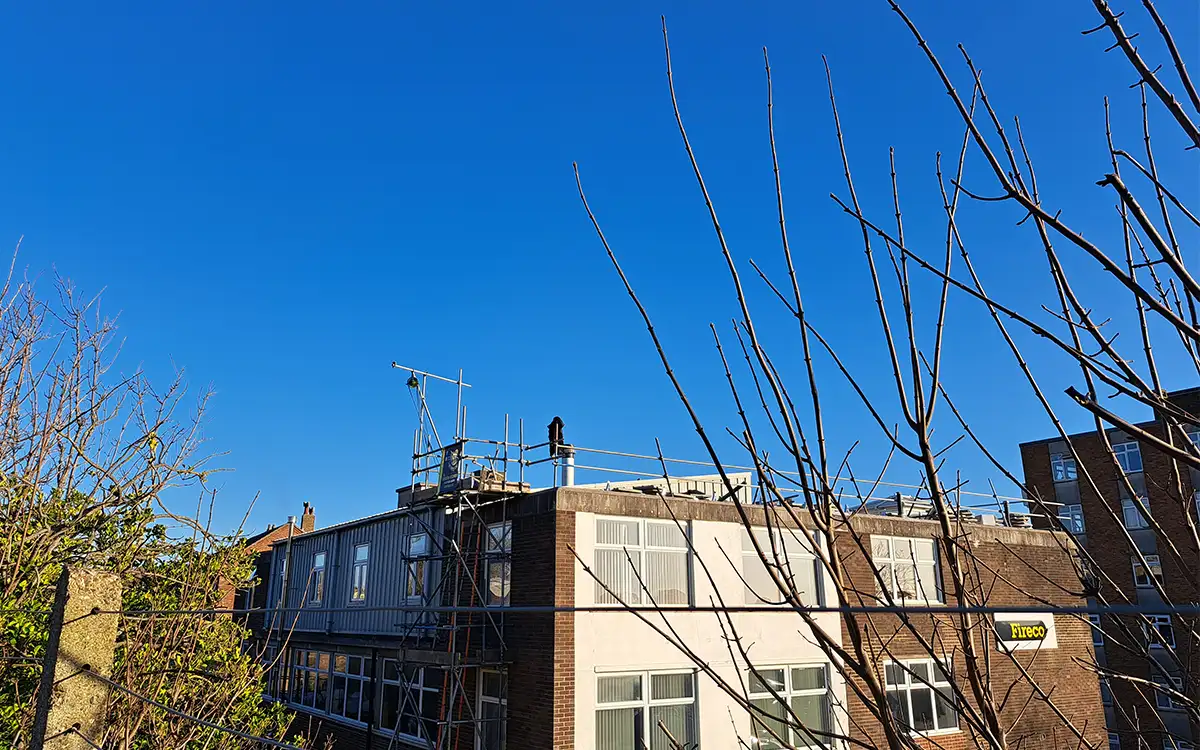
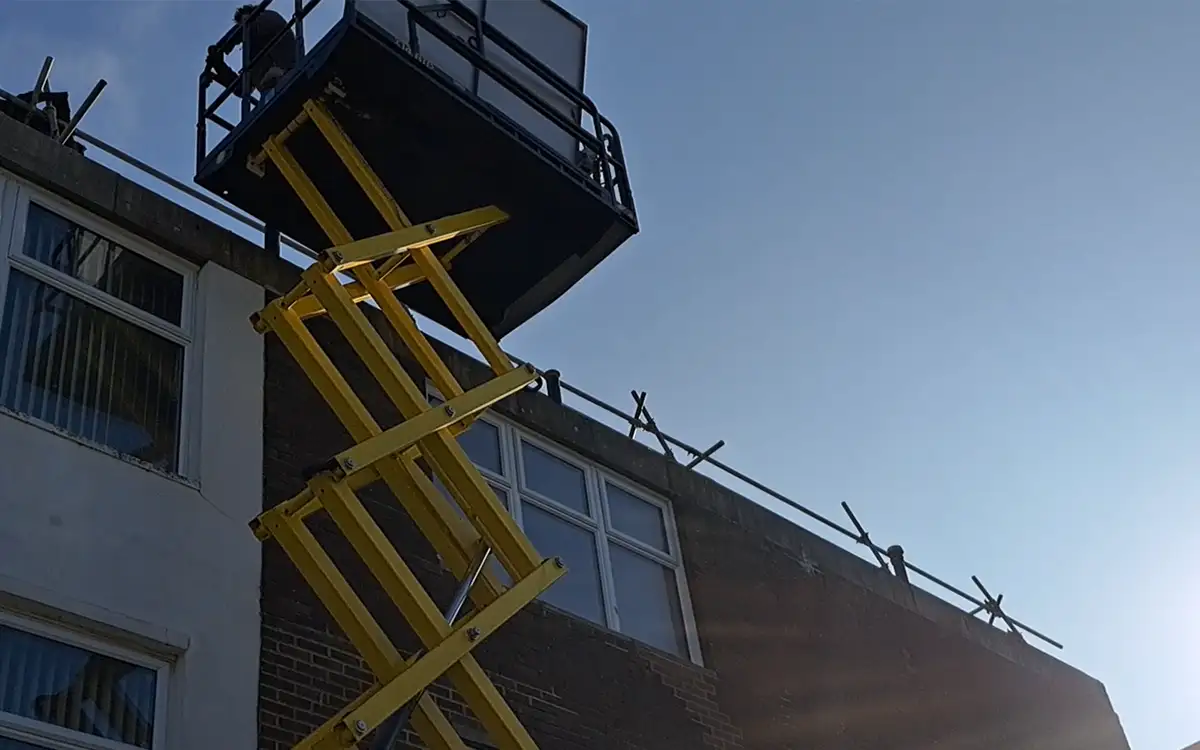
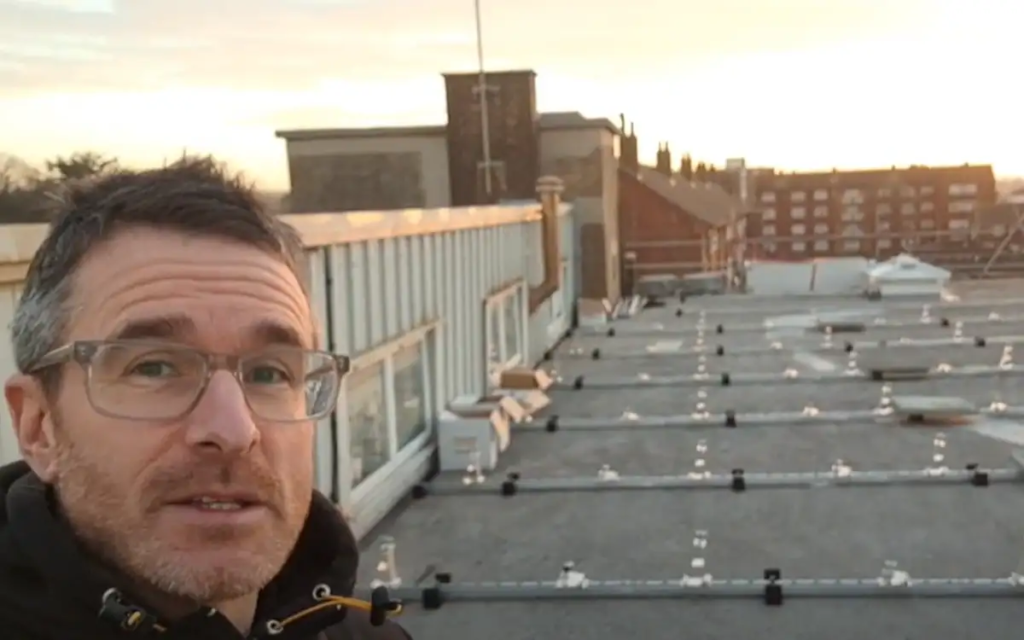
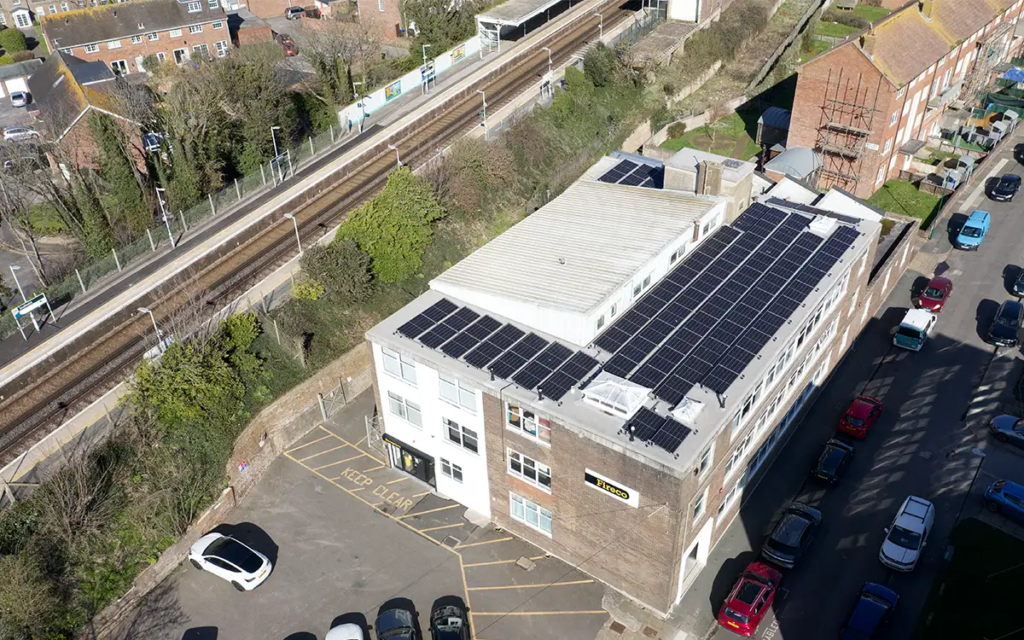
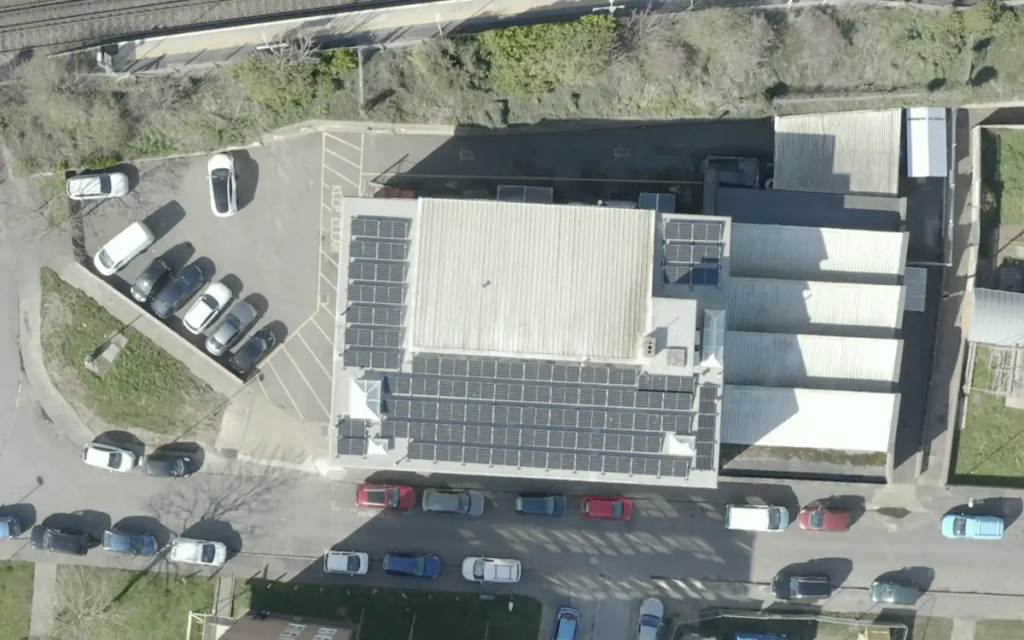
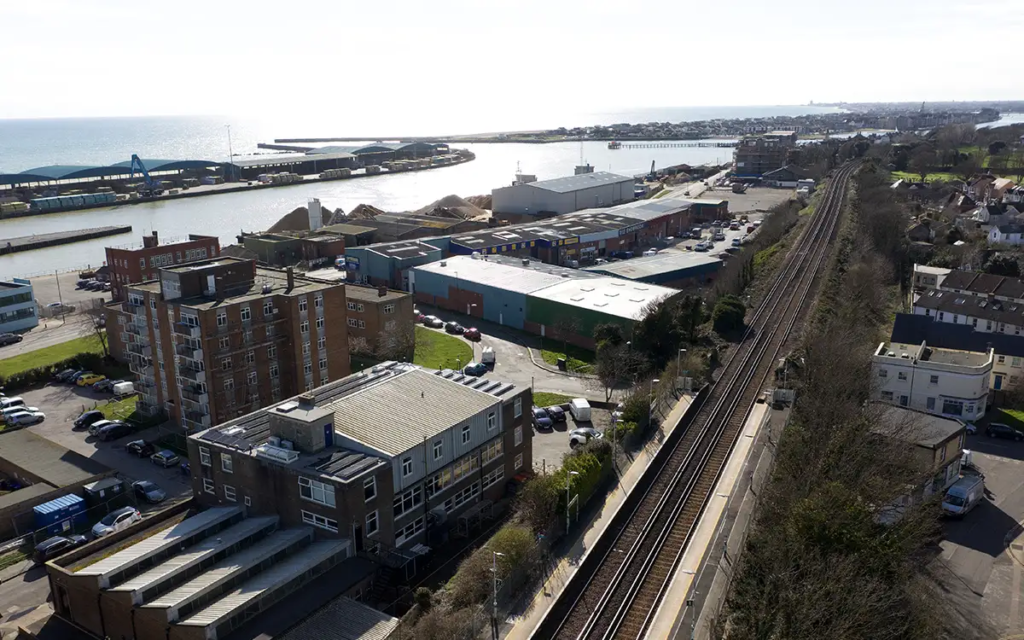
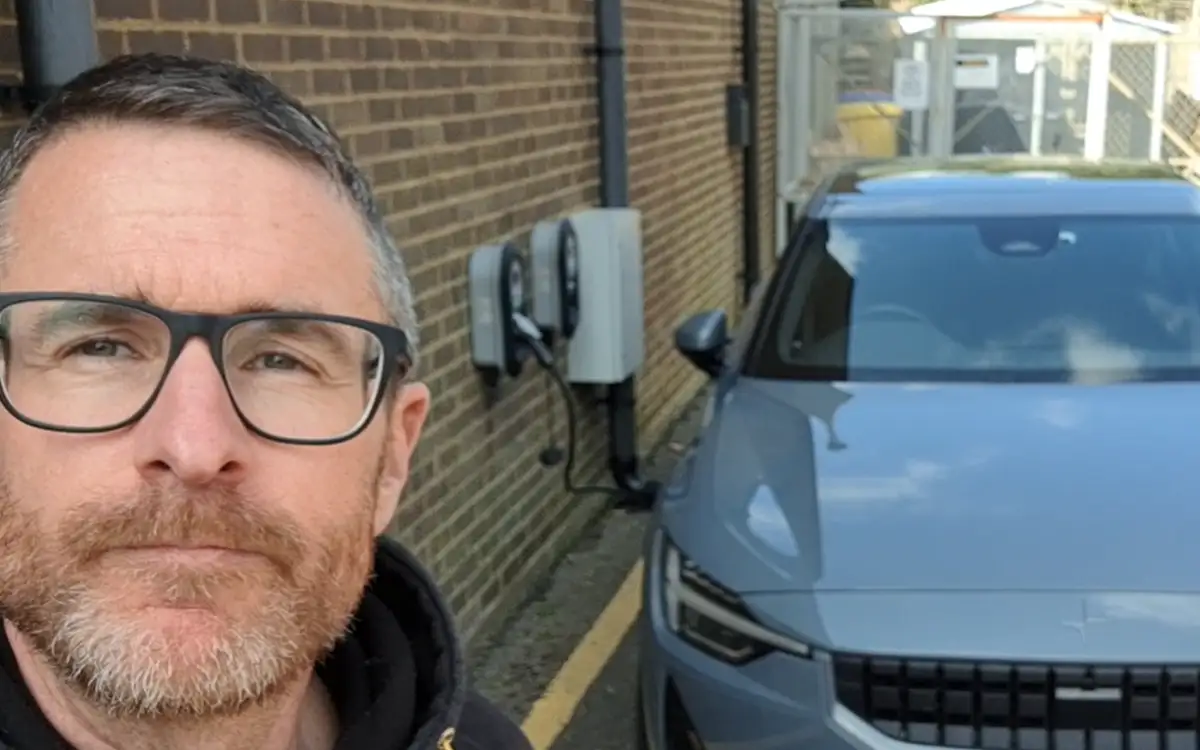
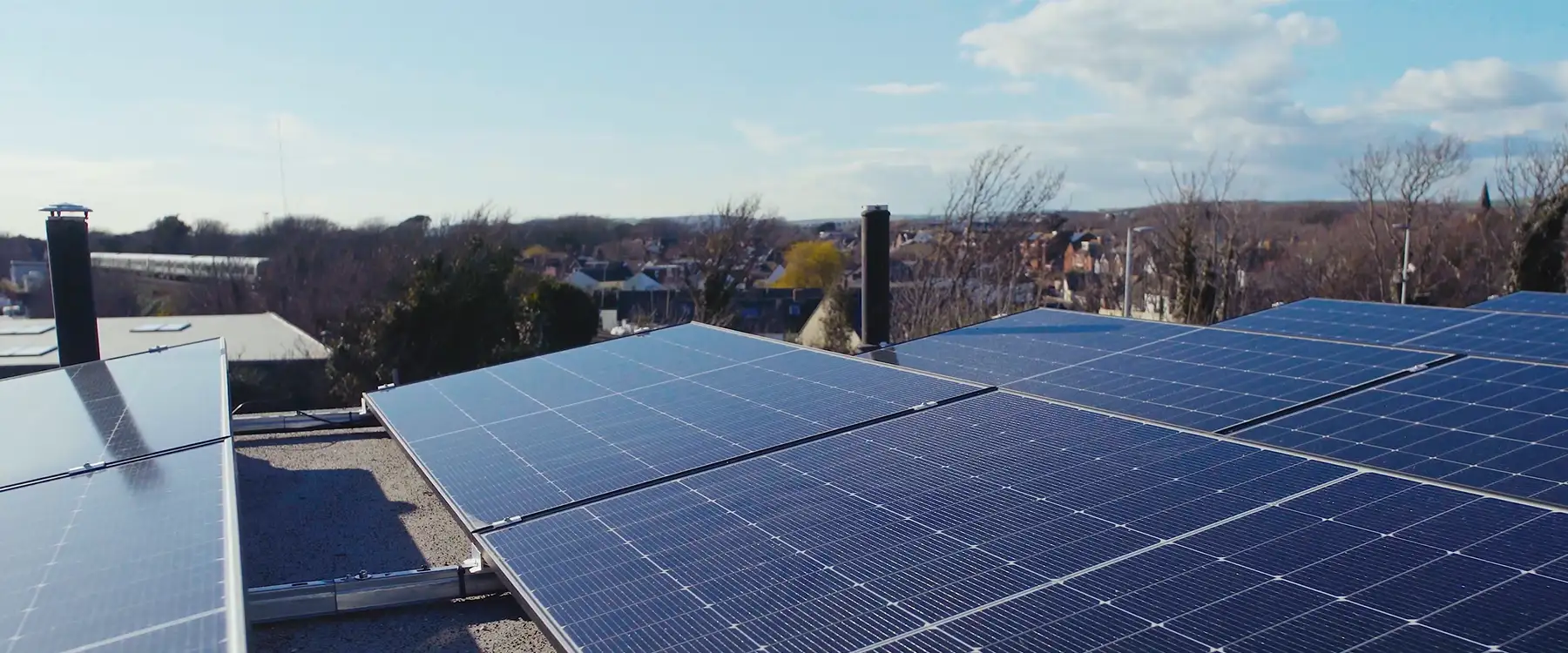
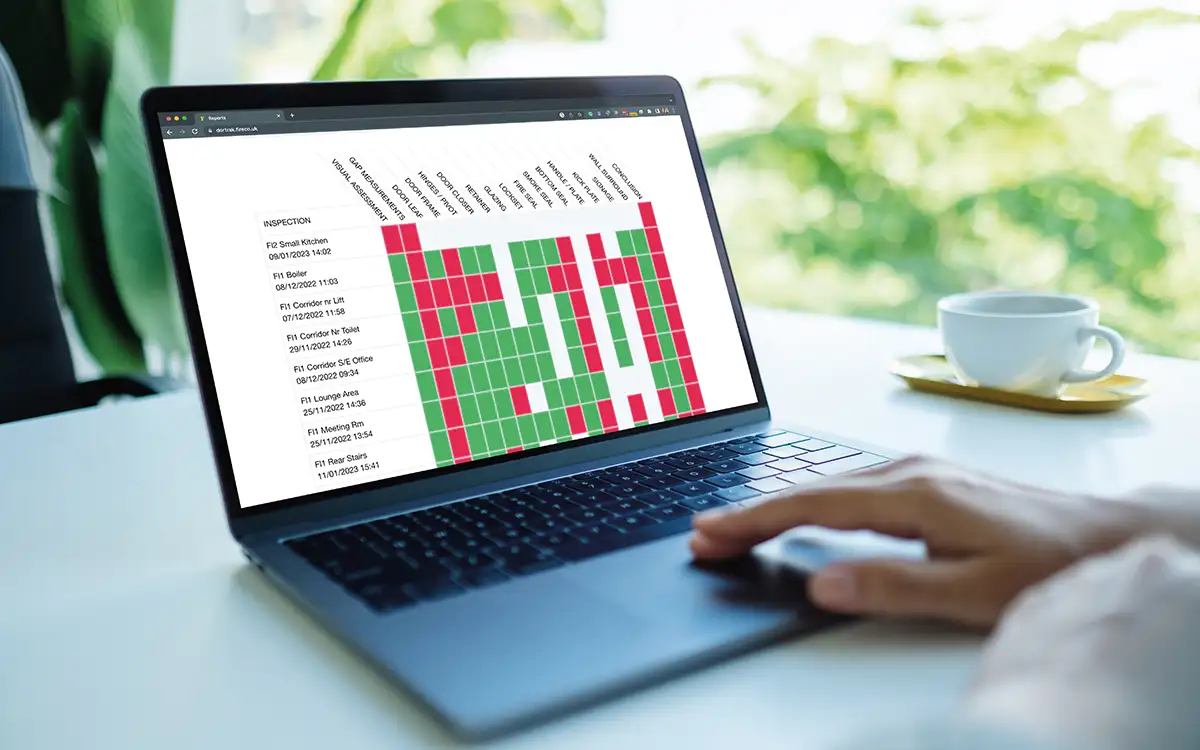
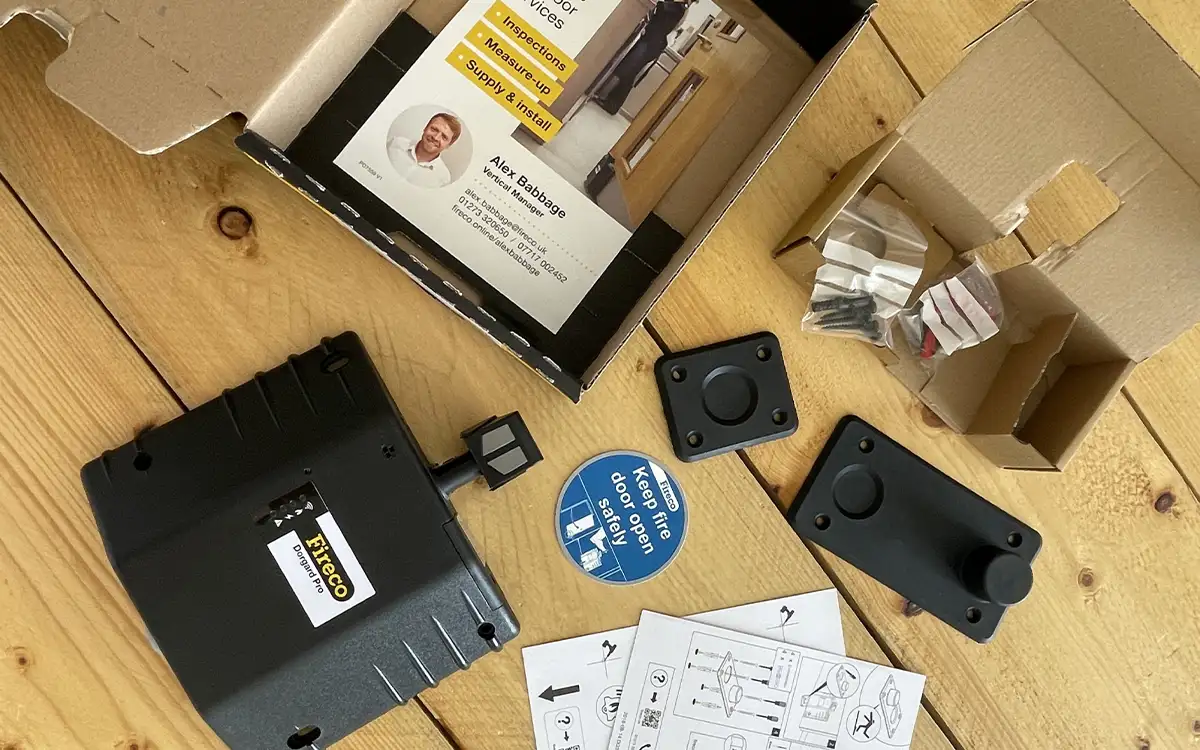
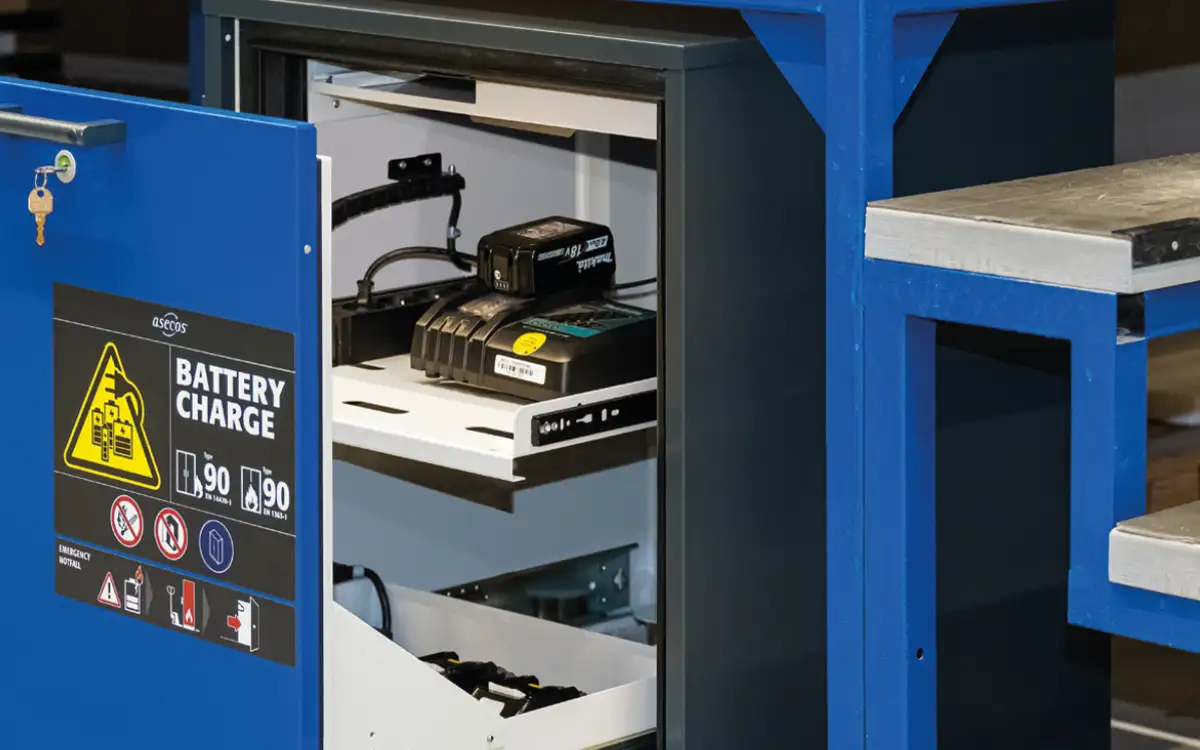


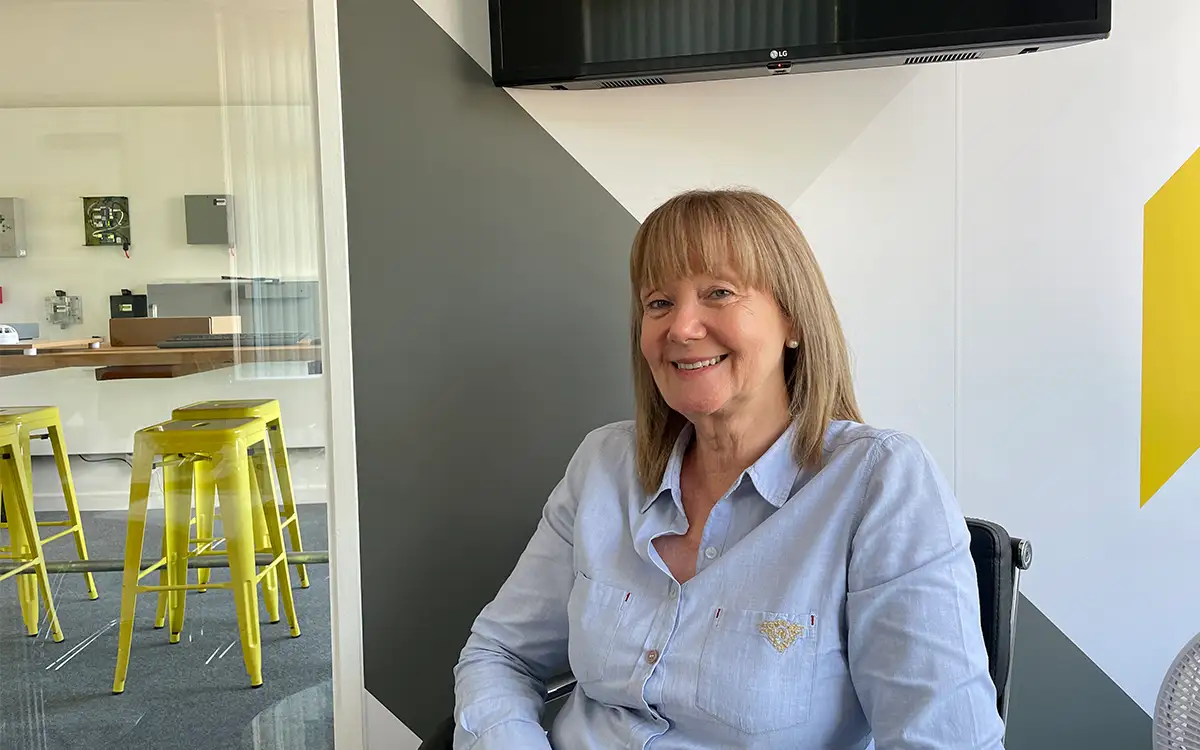

0 Comments